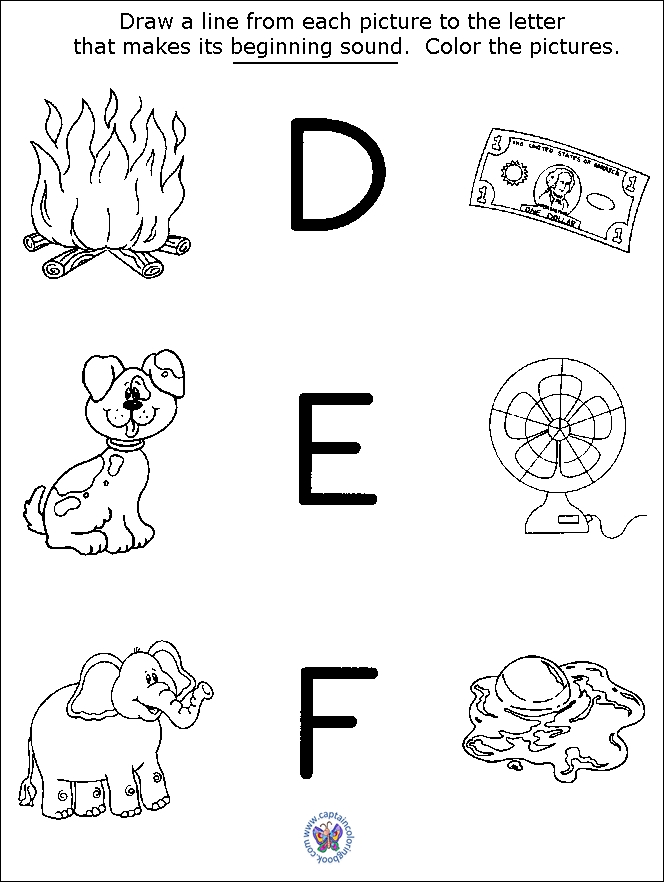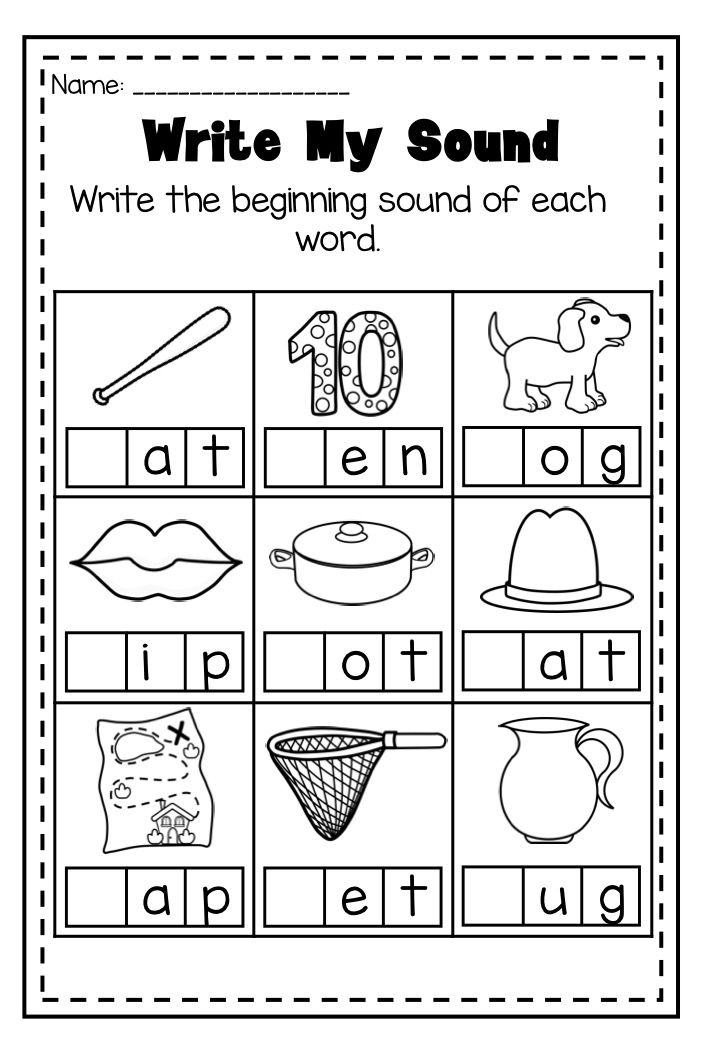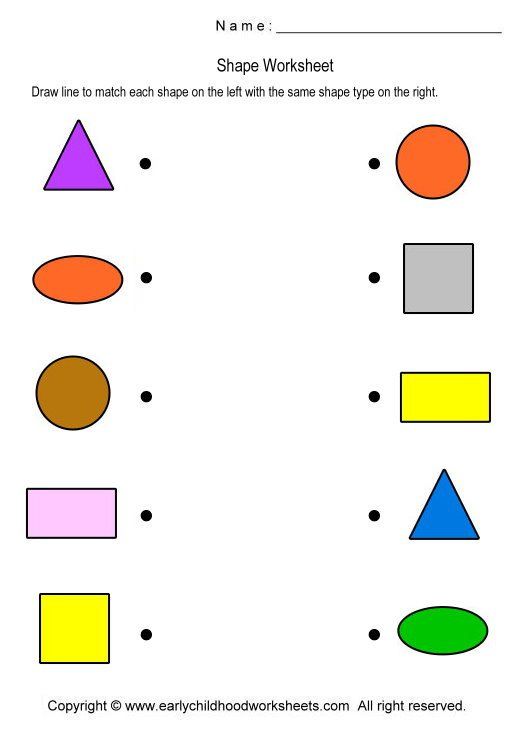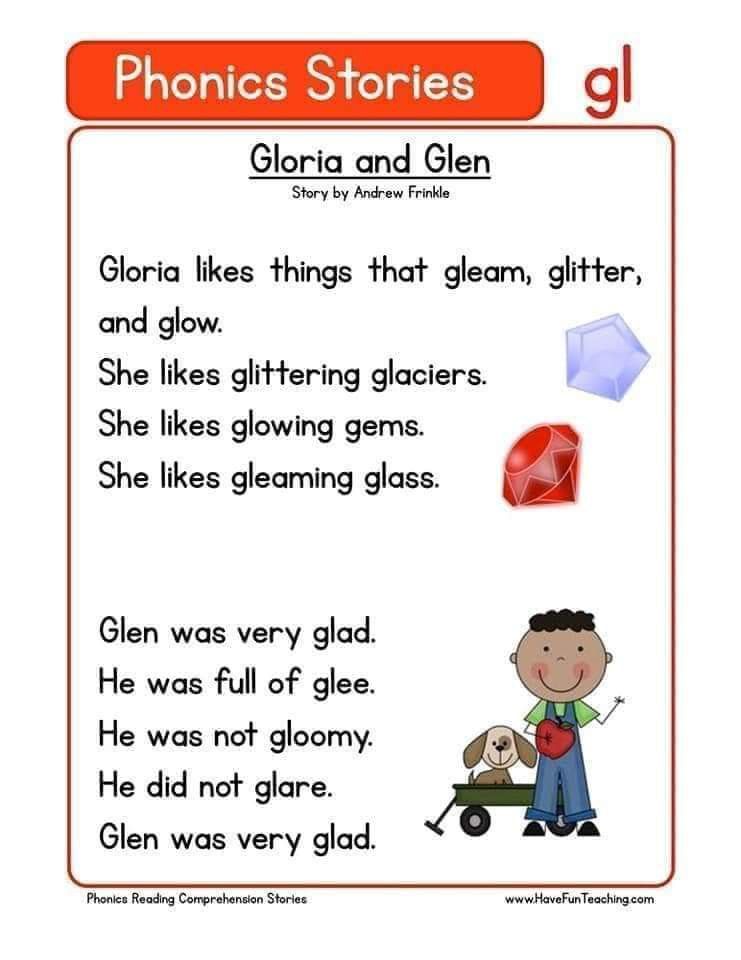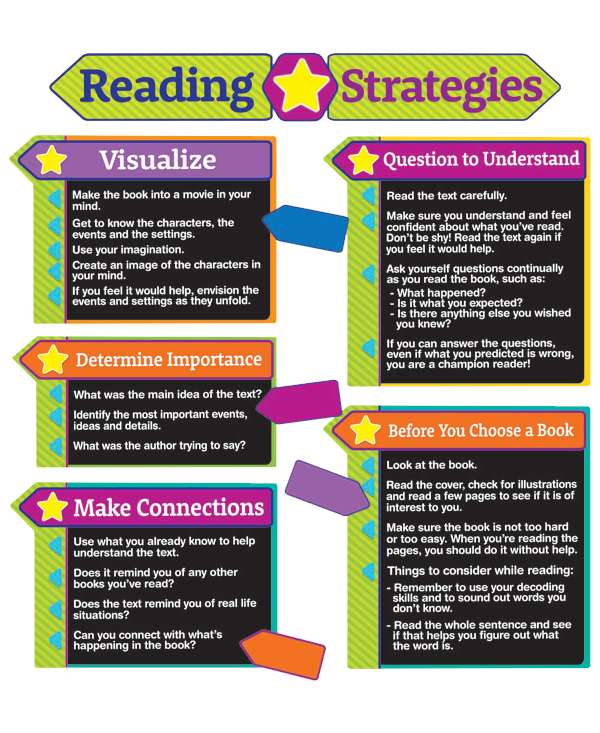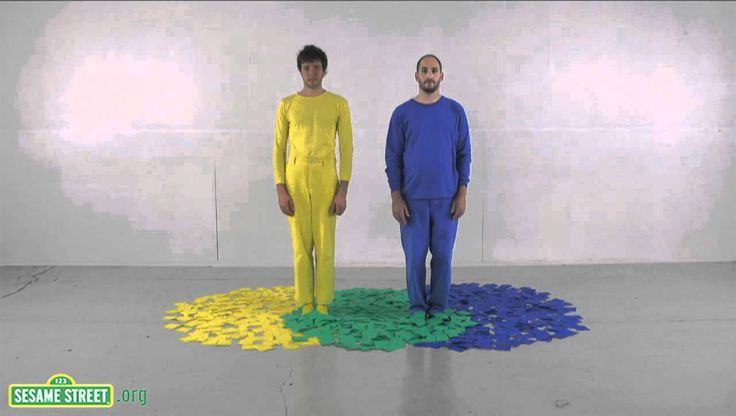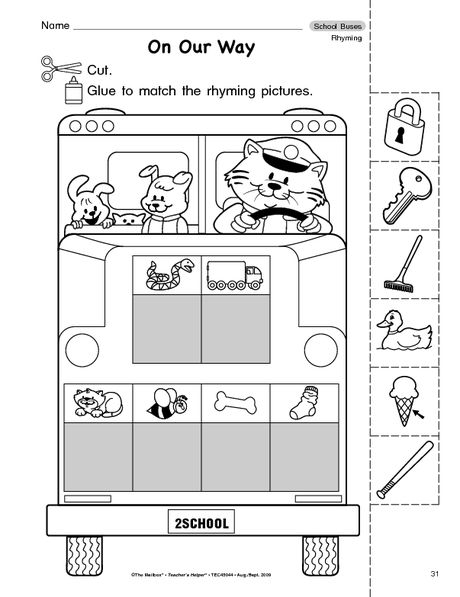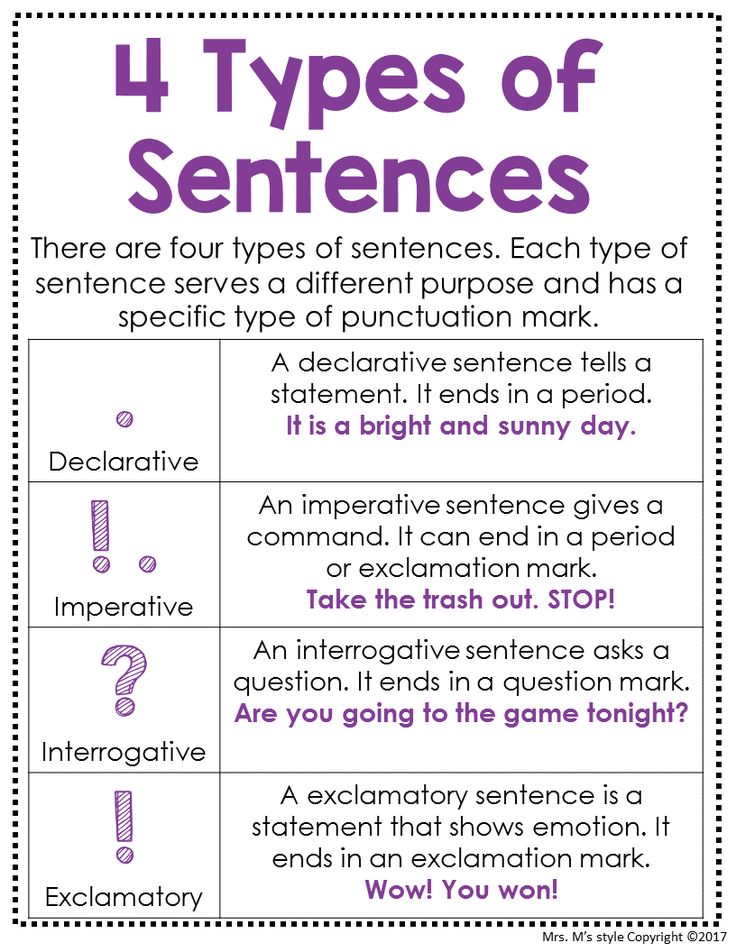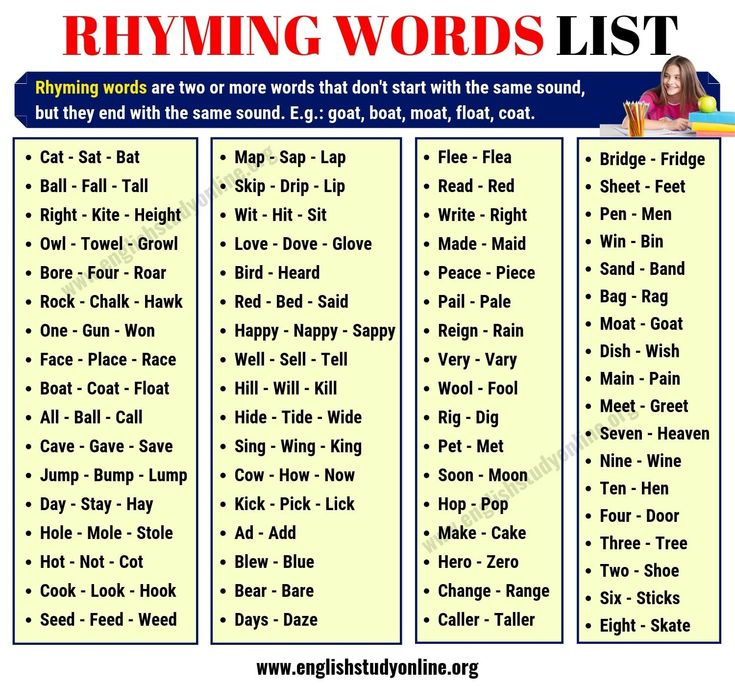Letter sounds printable
FREE Printable Alphabet Letter Sound Cards Activity
Alphabet • FREE Printables • Kindergarten • Phonics • PreschoolJune 29, 2021
by Rachel
Is your child working on learning the sounds letters make to distinguish what alphabet letter a word starts with? These Letter Sound Cards are a handy phonemic awareness activity for preschool, pre-k, and kindergarten age kids. These alphabet sound cards are great for teaching phonics and beginning sounds so children will be ready to read! Simply print free printable letter sound activities and use the pdf file with magnetic letters to play and learn.
Letter Sound Cards
The alphabet. It’s the foundation for teaching children to read. Without a firm grasp of the alphabet, children will struggle as they learn to read. As parents and teachers, our job is to find ways that engage our children and help them learn their letters in a fun engaging way.
This alphabet activity is a fun, hands-on letter sound activity for helping preschoolers and kindergartners work on letter recognition, beginning sounds, and more. Simply print the Letter Sound Cards and pull out any letter manipulatives you have on hand for free printable letter sound activities that is fun! Whether you are a parent, teacher, or homeschooler – you will love this quick, print-and-go alphabet sound cards!
Free printable letter sound activities
Start by scrolling to the bottom of the post, under the terms of use, and click on the text link that says >> _____ <<. The letter sound cards pdf file will open and you can print the file in color. I suggest pinting the phonics printable on cardstock or laminating for durability. Now cut apart the cards.
Alphabet sound cards
There is very little prep-work for this phonics activity, and if you print them on cardstock and laminate the cards, they will last a long time.
Set out the cards, a cookie tray, and magnetic alphabet letters. YOu are ready for this fun literacy activity.
Letter sound cards pdf
Before I sat my three-year-olds down with me, I made sure I had every letter of the alphabet out. My little ones do great sitting down and doing activities with me, but if I’m digging for letters or getting materials together I’ve lost them.
I put four of the letter sounds cards on the cookie sheet and then placed six letters next to them. I pointed to each picture and they would tell me what is was. Next, I asked them what letter the picture started with. They then would locate the magnetic letter and finally place it in the square on the task card.
For our last step, we would “read” the word. I would say the word as I ran my finger under it. Then I would have each of my little ones “read” the word while I guided their finger under the word.
Letter Sound Activities
- Vocabulary – As the children are looking at the pictures and saying the words, they are building vocabulary.
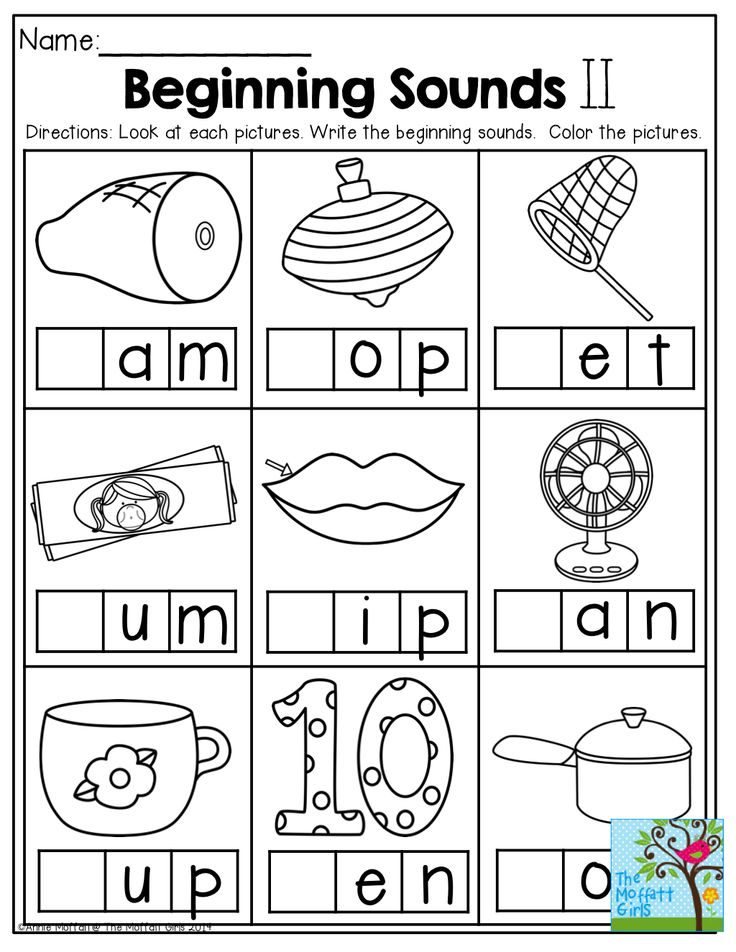 Some of the pictures like “cat” will be familiar to them. Others like igloo, x-ray, or jellyfish may be new for them. This
Some of the pictures like “cat” will be familiar to them. Others like igloo, x-ray, or jellyfish may be new for them. This - Speech – My little girl has struggled with her speech. This activity gives me a wonderful opportunity for her to practice saying specific words. It is even great for her twin brother, who speaks very well for his age. But like most three-year-olds, there are words that he doesn’t pronounce correctly. Again, as we are “reading” words he gets to practice saying them correctly.
- Beginning Sounds – Obviously, as the children are saying the words and finding the letters that it starts with they are practicing beginning sounds.
- Letter Recognition – Since our little ones our having to find the magnetic letters to place on the task cards, they are working on letter recognition.
Once we finish these task cards, we will be moving onto another alphabet cookie tray activity and then a baseball alphabet sort. I love this time with my twins, and love seeing them learn!
FREE Alphabet Printables
Looking for more abc printables for kids? You have tons of free alphabet printables
- Fun Alphabet, Phonics Coloring Pages
- Super cute, Free printable Letter Recognition Worksheets – each page has a different theme
- Disney Alphabet Coloring Pages to practice letter tracing A-Z
- Alphabet Books pdf – a book for each letter of the alphabet from A to Z
- Free Printable Alphabet Worksheets – handy with a page per letter with tracing for upper and lowercase letters
- Alphabet Maze pack to practice ABCs with cute themed mazes
- Print these handy Alphabet Printables for Wall
- Cut and Paste Alphabet Worksheets – great for learning ABCs with pre-k
- Super Cute Printable Letter Hats to color and wear for letter of the week
- Simple Alphabet Playdough Mats with space to trace letters
- Finish the picture Alphabet Playdough Mats
- Practice phonemic awareness with these cute, free printable KITE alphabet crafts
- Handy Alphabet Printables for Wall
- Build letters with these cute lego letters mat set
- Match letters and sounds to make a PB & J sandwich with clever initial sounds activities
- Free Build a Letter Template
Alphabet Activities for Kids
- Super cute Alphabet Coloring Pages
- Practice letters with these clever Pirate ABC Worksheets
- Our most popular Alphabet worksheets as they have a little of everything (above)
- Super cute alphabet crafts using our free lower case letters printables
- Uppercase Alphabet Letter Crafts
- Alphabet Strips are a handy visual for kids
- Practice a variety of math and litearcy skills with these themed free alphabet printables
- Make a cute handprint alphabet project for each letter A – Z
- Simple Alphabet Coloring Pages
- Fun Letter Recognition Worksheets for Kids to do with do a dot markers
- Animal Themed Uppercase Letter Tracing Cards
- Alphabet Dot Marker Printables
- Animal Themed ABC Worksheets
- Cute fish Find the Letter Worksheets
- Print and Go Find the Letter Worksheets
- Free Printable Uppercase Letter Crafts
- Outrageously FUN Fruit Loop Alphabet Mats
- Looking for more free printables? We have lots of pre k worksheets, kindergarten worksheets 1st grade worksheets, and over 1 million pages of FREE worksheets for kids.

Letter sounds cards
Before you grab your free pack you agree to the following:
- This set is for personal and classroom use only.
- This printable set may not be sold, hosted, reproduced, or stored on any other website or electronic retrieval system.
- Graphics Purchased and used with permission
- All material provided on this blog is copyright protected.
>> Letter Sounds Alphabet Cards<<
You may also like
February 24, 2021
June 27, 2021
January 16, 2021
October 26, 2014
June 30, 2017
April 20, 2022
August 19, 2013
October 1, 2017
About the author
Rachel
Rachel is a homeschool mom to four little ones, ages 2 to 6.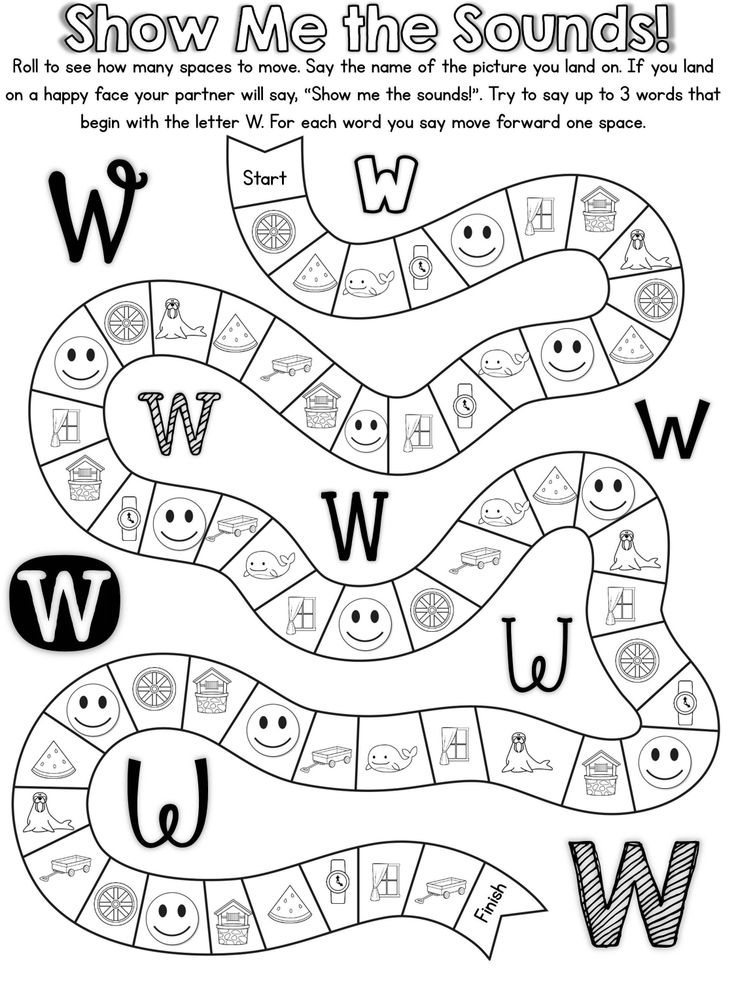 She is a former public elementary teacher, and has recently began blogging at her page You’ve Got This.
She is a former public elementary teacher, and has recently began blogging at her page You’ve Got This.
Phonics Printables - Confessions of a Homeschooler
Welcome to Confessions of a Homeschooler Phonics printables.
Click on any of the items below to download. If the document is not opening in your browser, right click on the link and select “Save Link As”. Pick a spot on your hard drive to save it to and click “ok”.
- A-Z and 123 Tracing Worksheets
-
A-Z Collage Sheets
a-z Collage Sheets (lowercase)
-
A-Z Do-A-Dot Worksheets (upper and lowercase included)
- A-Z Flashcards (& Wall Posters)
-
A-Z Handwriting Worksheets
- A-Z Spoon Match Up
- A-Z Uppercase/Lowercase Matching
- Alphabet Builders
- The Alphabet Game
- Alphabet Pattern Block Worksheets
- Alphabet Puzzle
- Alphabet Tree Letters – Uppercase (to put on alphabet tree)
- Alphabet Tree Letters – Lowercase (to put on alphabet tree)
- Beginning Sounds Consonants Hot Dot Cards
- Beginning Sounds K4 Worksheets
- Beginning Sounds Lowercase
- Beginning Sounds Uppercase
- Blend Cards
- Blends Hot Dot Cards
- Clothes Pin ABC Match Up
- Clothes Pin Letter Cards
- CVC Hot Dot Cards
- Large Alphabet Lacing Cards
- Letter Disks (See each alphabet letter for specific letter sheets)
- Land Before Time Letter Matching
-
Learn My Vowels
-
Learn My Name
- Missing Letters
- My First Sentence Building!
- Sesame Street Letter Matching
- Spelling Words Template
- Uppercase/Lowercase Letter Matching
- Vowels: Hot Dot Cards
- Word Block Phonics Sheet (To go with the blocks)
- Vowel Sounds and Beginning Blends Worksheets
- Word Scrambles
Letter of the Week:
- Letter of the Week Curriculum
- Download Game Instructions
- Letter of the Week Overview (One of my readers made this for me to share with you all, it’s a list of all the themes for each letter, thanks Susan!)
Letter A (apple), Letter A (ant), Letter B, Letter C, Letter D, Letter E ,Letter F , Letter G, Letter H, Letter I, Letter J, Letter J (Jellybeans), Letter K, Letter L, Letter M, Letter M (Monkey), Letter N, Letter O, Letter P, Letter Q, Letter R, Letter S, Letter T, Letter U, Letter V, Letter W, Letter X, Letter Y, Letter Z.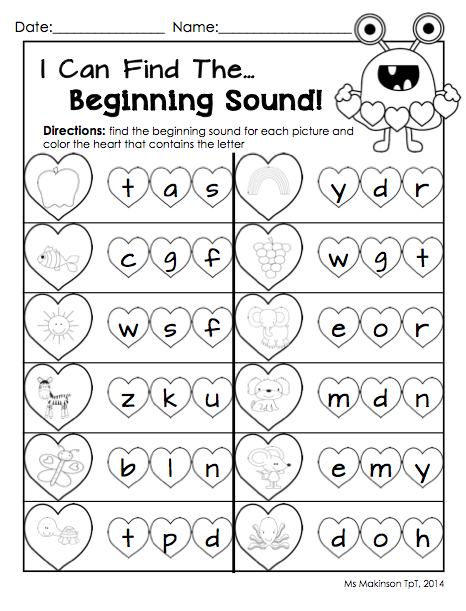
If there is something you cannot find feel free to email me at erica {at} confessionsofahomeschooler {dot} com.
Disclosure: Some of the links in this post may be affiliate links. I am also an Amazon Affiliate. If you purchase through my link, you won’t pay a penny more, however I will receive a small percentage back. Thank you for helping support my blog in this way! That said, I do NOT recommend anything that we do not use and love!
Printable vowels of the Russian alphabet for printing. Russian alphabet
The letters of the Russian alphabet are divided into vowels and consonants. Vowels 10, this is A E E Y O U Y E Yu Ya . Consonants 21 - B C D E F G H Y K L M N P R S T V W Y Z . There are 33 letters in total.
Letters b and b are neither vowels nor consonants.
Spend time with your child in an interesting and useful way. We wish you success.
How to play with a child using letter cards?
Game number 1.
 Name the letter.
Name the letter. Before you start playing this game, introduce your child to a few letters.
You show the child a card with a letter, and he says what letter is written. For the correct answer, the child receives a token. At the end of the game there is a prize. Please note that vowels are written in red, and consonants are written in blue.
Tell your child that sounds can be vowels and consonants. Vowel sounds are easy to sing, shout, pronounce. Nothing interferes in the mouth - neither lips nor tongue. Let the child guess what the vowel sound is in the words: poppy, forest, cat, house, etc.
And consonants. When pronouncing them in the mouth, something constantly interferes - either the lips or the tongue. Play, let the child name the consonants that he hears: day, meadow, juice, poppy, etc.
Use this game to learn all the letters of the alphabet.
Game number 2. Name words starting with a given letter.
Suggest any letter that the baby knows and take turns saying words starting with that letter. Now let the child choose the letter, come up with words again, continue the same way.
Now let the child choose the letter, come up with words again, continue the same way.
Game 3. Who says so?
Before starting the game, choose one card with a letter that starts with a consonant (eg m). Next to this letter, put a letter denoting a vowel sound (for example, "a").
At first, you should not push the child and insist that he read more syllables. Focus on the question: "Who says so?" The child must answer which animal gives a voice like that.
Give a chip for each correct answer. Over time, the game can be played in a group of children and a competition can be organized, who will quickly and correctly name the proposed syllables.
Game 4. Change the vowel.
In this game, the first letter, the consonant, remains unchanged, while the letters that represent the vowel sound change. For example: ma, mo, mu, mi, me, we, me. Then the first letter can be replaced (the child can choose the letter himself) and continue reading.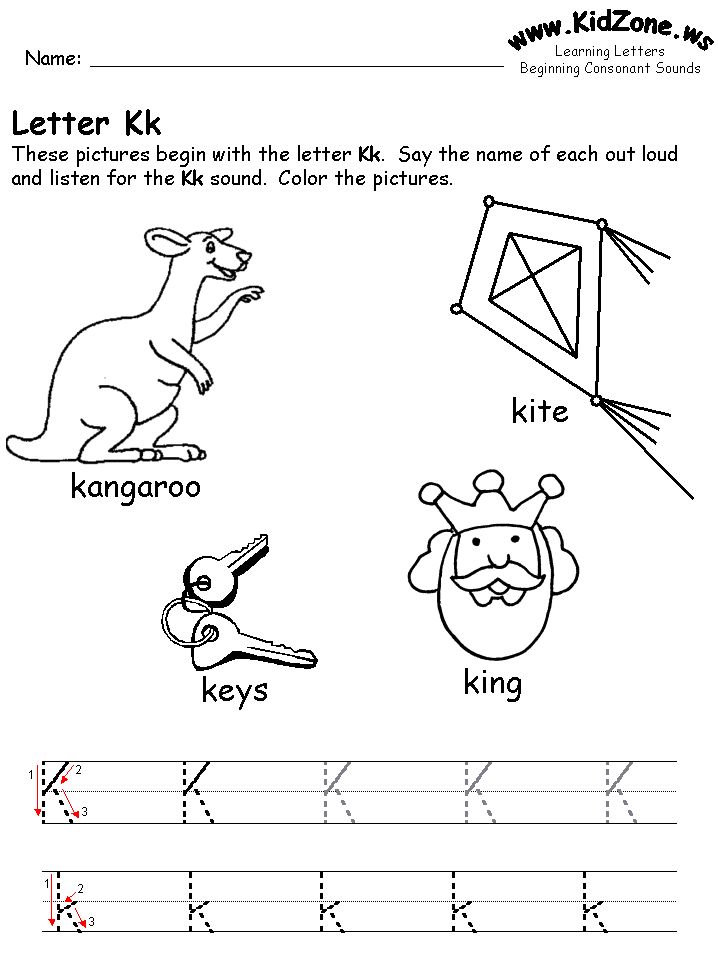
Game number 5. Change the consonant.
In this game, the first letter remains unchanged - the vowel, and the letters that represent the consonant sound change. For example: am, an, hell, av, ash, ar, at. Then the first letter can be replaced (the child can choose the letter himself) and continue reading.
Game number 6. Funny letter combinations.
This game is perhaps the most difficult at this stage of learning, because the child needs to read letter combinations that consist only of consonants (fl, zv, kr, sl, st, br, ch, pl, chl, zm, kr, dv , sk, sq). To interest the child, invite him to choose the funniest letter combination from those that he reads.
Game 7. Create a syllable.
Using letter cards, ask your child to write the syllable you name. For a correctly completed task, the child receives a token.
A competition with prizes can be organized in a group of children. The first person to create a syllable will receive a token. At the end of the game, according to the number of chips received, the winner is selected, who receives a prize.
At the end of the game, according to the number of chips received, the winner is selected, who receives a prize.
Game number 8. Put the word together.
Using cards with letters, you need to add a word of three, and later of four or five letters, invented by a partner in the game. For example, you named the word "garden", and the child must put it together from letters. Then vice versa, the child calls a word of three letters, and you add it up. be sure to ask the child to check whether you completed the task correctly. For the sake of interest and to test attentiveness, sometimes make mistakes. Let the child identify them. Each correctly spelled word is rewarded with a chip. Whoever gets the most chips wins.
Moreover, there are painted letters. As usual, red is vowels, blue is consonants. But there are also cards with contour letters nearby. You can color them yourself.
There are 4 cards per standard album sheet. This size is comfortable to work with.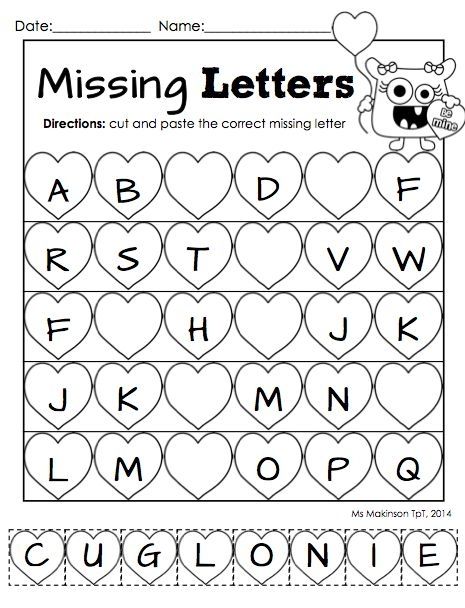 But you can print half the size, and even a few copies. And put words with the child.
But you can print half the size, and even a few copies. And put words with the child.
Dear readers!
All materials from the site can be downloaded absolutely free of charge. All materials are checked by antivirus and do not contain hidden scripts.
Archived materials are not watermarked!
The site is replenished with materials based on the free work of the authors. If you want to thank them for their work and support our project, you can transfer any amount that is not burdensome for you to the site account.
Thank you in advance!!!
Many well-known teachers-practitioners, such as Zaitsev, Doman, recommend starting to study letters and the alphabet with a child from 1.5 - 2 years. To help you, we offer cards prepared by us with large large Russian letters. You can print the Russian alphabet, print it out, cut it out and use them as a tool for learning sounds and syllables.
Nowadays, there are many methods for teaching a child to read.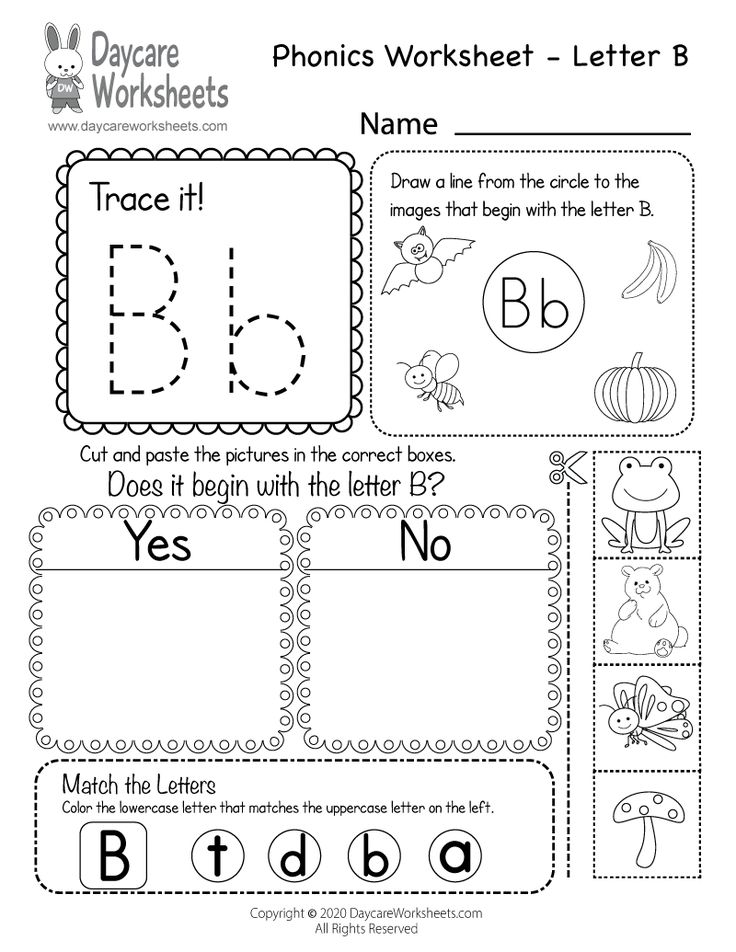 But without knowing the letters of the alphabet, it is naturally impossible to teach a child to read. The use of improvised material, in the form of cards with letters for children, will come in handy.
But without knowing the letters of the alphabet, it is naturally impossible to teach a child to read. The use of improvised material, in the form of cards with letters for children, will come in handy.
First, you can print the alphabet cards for children in one copy. To study only the letters of this will be enough.
Children aged 1.5-2 should be engaged exclusively in a playful way, for a few minutes a day. With children aged 3-4 years, the time of classes increases to 15 minutes a day.
If you decide to make the letters of the alphabet yourself and work with the baby on your own, then do not load the child with only letters. The child needs variety, you can literally pay attention to the colors and shapes of objects in just a couple of minutes, then the child will be more interested.
And most importantly, you don't have to grieve if your child doesn't immediately start "declaring poems" for you. Even if for several sessions he, as it seems to you, does not understand anything, and refuses to tell you letters and numbers, this is not at all the case. The child simply remembers everything, analyzes, time will pass, and you will be simply amazed by his abilities. Your task is to continue learning diligently.
The child simply remembers everything, analyzes, time will pass, and you will be simply amazed by his abilities. Your task is to continue learning diligently.
When the child masters the letters, you can print the Russian alphabet in one or even 2 copies. Then you can study syllables with your child and make small words.
More details read on our website in section education and training .
Russian alphabet cards
Russian alphabet cards
Russian alphabet cards
Cards with the letters of the Russian alphabet
Cards with the letters of the Russian alphabet
Cards with the letters of the Russian alphabet
Cards with the letters of the Russian alphabet
90009000 9000 9000 9000 9 Cards with letters of the Russian alphabet, print the Russian alphabet
The Russian language is one of the brightest, most interesting and richest languages in the world. Millions of the best works are written on it - stories, fairy tales, poems. The language is rich and not repeatable. Like everything fundamental, the Russian language has its own basis - the alphabet.
Millions of the best works are written on it - stories, fairy tales, poems. The language is rich and not repeatable. Like everything fundamental, the Russian language has its own basis - the alphabet.
Birth of the Russian alphabet
Work on the creation of the alphabet began in 860 by order of the ruler of Byzantium - Michael III. He instructed two brothers from the Greek city of Thessaloniki: Cyril and Methodius, to form a written Slavic language. Later, from the Greek version of the alphabet, the Bulgarian monks formed the Cyrillic alphabet.
The formation of the Russian alphabet is directly related to the adoption of Christianity in Europe. Slavic writing began to spread from Bulgaria, after the adoption of Christianity by Tsar Boris in 860. It was in Bulgaria that the first written Slavic school was founded. In it, ancient writings - annals - were translated into Slavic. Further, the Old Church Slavonic language appeared in Serbia and Kievan Rus. It was precisely the fact that Old Church Slavonic became the recognized language of the official Russian Church that, over time, it replaced Old Russian.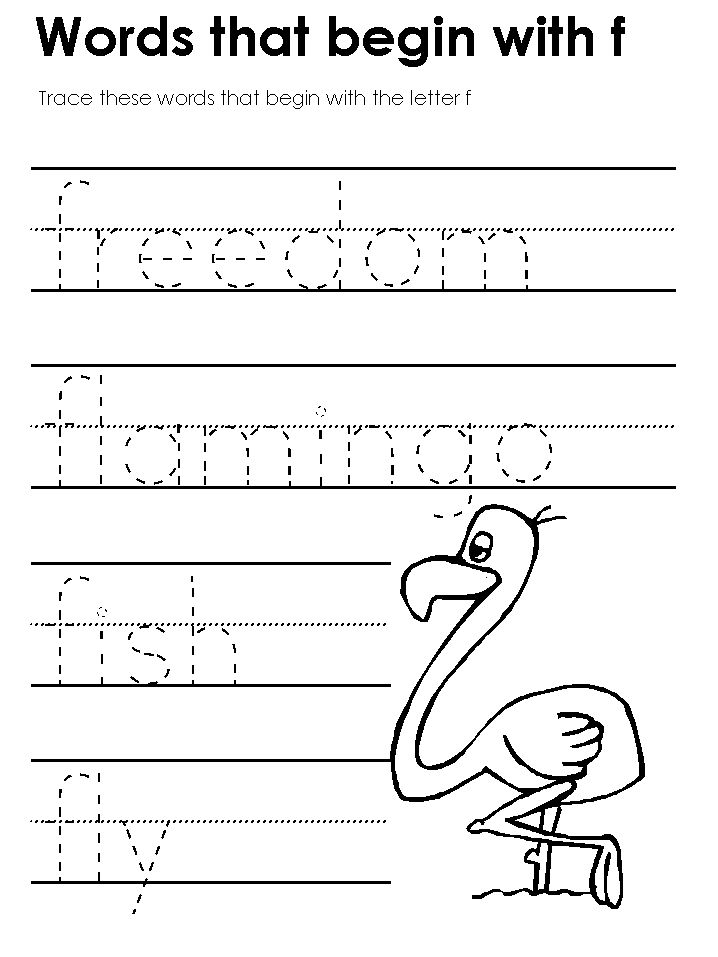 At the same time, stable expressions and a folk tone of the speech of the Slavs remained in it.
At the same time, stable expressions and a folk tone of the speech of the Slavs remained in it.
Old Church Slavonic transformations
Since the Russian alphabet was based on the Bulgarian Cyrillic alphabet, which spread after the baptism of Rus', it originally had 43 letters.
Over time, 14 letters have been removed and 4 have been added. This is due to the transformation of speech - sounds denoting unused letters have disappeared from it. First of all, they disappeared: ioted yus, big yus.
During the reign of the most holy Patriarch Nikon in the second half of the seventeenth century, a widespread census of books took place. This period is considered the time of reforms in Russian orthography. The serial numbers of the letters were fixed. But even at that time the alphabet was different from the modern one. Later, already during the reign of Peter I, superscript characters and some duplicate letters denoting numbers were excluded. At that time, Arabic numerals had already been introduced and the extra characters were no longer relevant.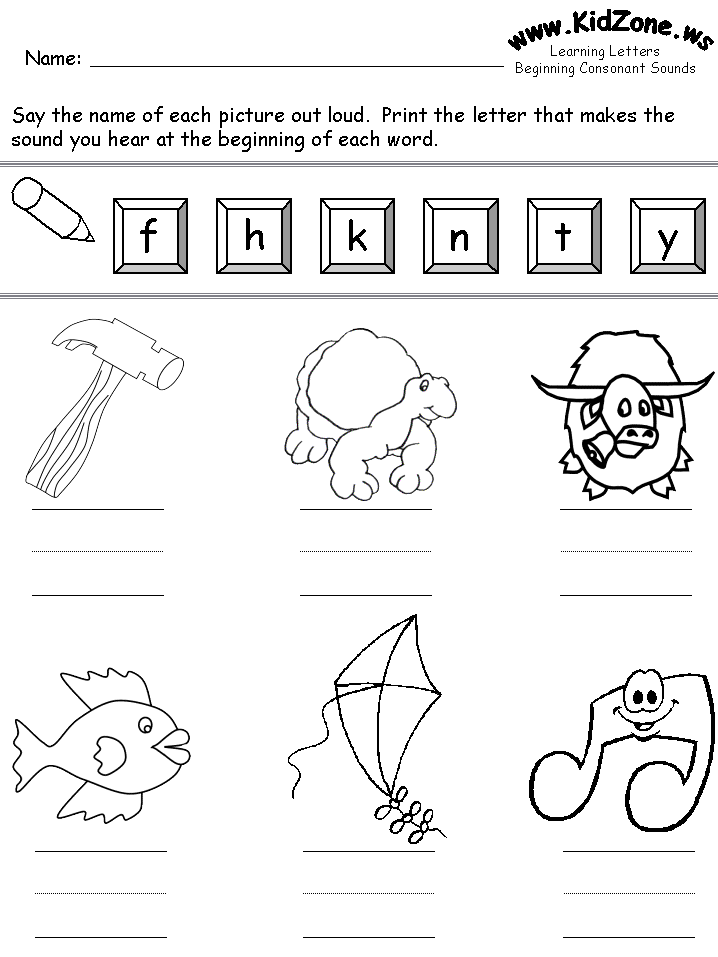
Back in 1917, the Russian alphabet had 35 letters. But as a result of the writing reform carried out in 1918, 33 letters remained in the Russian alphabet.
Structure of the Russian alphabet
Each word consists of minimal parts - sounds. They, like atoms in molecules, form the shell of a word. Each word and its form has a different sound design. What matters is the combination of letters in the word, the setting of the stress.
In order to correctly distinguish the sound of a letter in a particular word, transcription is used. Transcription is a generally accepted graphical form that displays the sound of a word. Transcription shows:
- Syllables in a word.
- Which syllable is stressed in the word. Stress is indicated if the word consists of two or more syllables.
- Softness of consonants.
The letters of the alphabet are divided into several groups. The largest division of sounds is into vowels and consonants.
Stressed vowels are only six letters. When pronouncing, the sound does not encounter obstacles when passing through the oral cavity. When playing sounds, the ligaments of the larynx work - if you put your hand to the throat, you can feel the movement of the ligaments. If a person can freely shout or sing a letter, it is most likely a vowel sound. Vowels are the basis of syllables. The stressed syllable sounds the most distinct in the word. In unstressed syllables, they can be pronounced differently. That is why when writing words, it is required to select test words.
When pronouncing consonants, sounds encounter an obstacle in their path. It is the presence of noise that is the difference between consonants and vowels. Pronouncing words with an abundance of consonants is difficult. That is why there are no words consisting only of consonants.
Consonants are divided into voiced and voiceless. There are unpaired and paired sounds.
The study of the Russian language begins with the alphabet. Understanding the basics of phonetics and grammar is a key step in teaching children. From infancy, instilling in his child a love for his native language, a person pays tribute to history and traditions. Russian is the richest language in the world. It is very important not to lose this wealth! Letters of the English alphabet can be downloaded.
Understanding the basics of phonetics and grammar is a key step in teaching children. From infancy, instilling in his child a love for his native language, a person pays tribute to history and traditions. Russian is the richest language in the world. It is very important not to lose this wealth! Letters of the English alphabet can be downloaded.
Download beautiful letters of the Russian alphabet for printing in A4 format
Sounds in English: pronunciation, transcription 🗣️
It happens that you speak English with a foreigner, but he does not understand you. And then you find out that the letter “a” alone can be pronounced in six different ways. We understand English sounds in order to sound correctly and speak the same language with foreigners.
In the English language, the number of words that are not pronounced at all as they are written is very large - this is the result of historical changes and the standardization of written English in the 17th century. Knowing how English sounds are read, you can almost always read even the most intricate word.
Knowing how English sounds are read, you can almost always read even the most intricate word.
The English alphabet has 26 letters, 20 vowels and 23 consonants. The more you delve into the English language, the more difficult words you will meet along the way. The science of phonetics will come in handy here, just in time. And we will share life hacks on the study of this topic.
Transcription of English sounds
In order to study all possible variations of sounds, linguists have developed an alphabet that contains special characters. This alphabet was called International Phonetic Alphabet (International Phonetic Alphabet).
These symbols are used in modern transcriptions of English words. Transcription, by the way, is a graphic representation of sounds. Indicate the transcription in square brackets.
Let's look at the examples below, how one letter can be read in two different ways.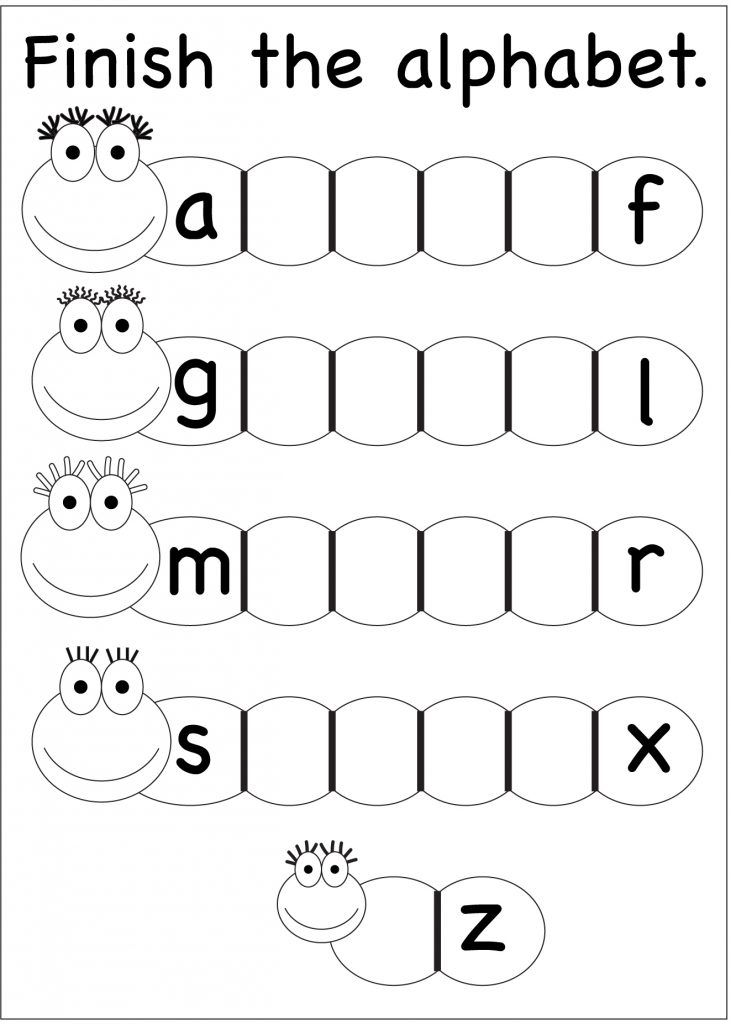 The difference in pronunciation can depend on the type of syllable, the position of the letter in the word, and whether the vowel is stressed.
The difference in pronunciation can depend on the type of syllable, the position of the letter in the word, and whether the vowel is stressed.
- In the word type (print/type), the letter y is in an open syllable and therefore reads as [aɪ].
- In the word copy (copy / copy), the letter y is in an unstressed syllable at the end of the word and therefore reads like [i].
However, it is worth trying to learn the pronunciation of sounds and various combinations of sounds. There is no division into short and long consonants in Russian. In English, the incorrect pronunciation of such vowels leads to significant changes in the meaning of the word.
So, for example, confusing the short and long sound [i] (read as “and” in the Russian word “game”), you can accidentally say “I boarded a sheep” - I boarded a sheep [ʃ iː p], and not "I boarded a ship" - I boarded a ship [ʃ ɪ p].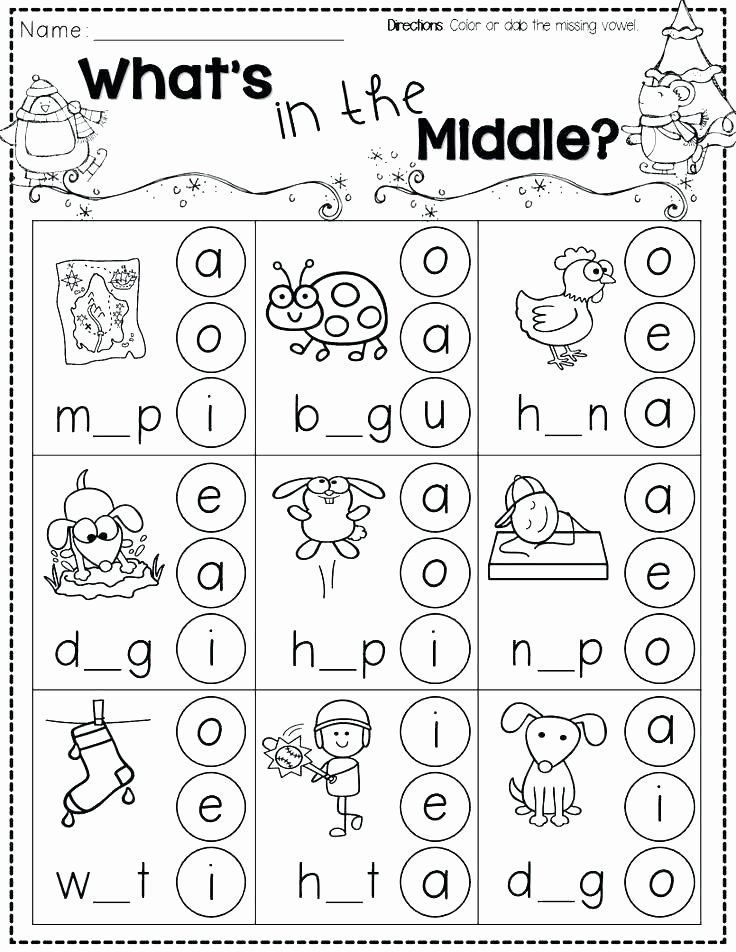
English proficiency test
This English proficiency test was compiled by the Skysmart online school tutors. They prepared interesting and relevant tasks on modern topics to make the test both useful and interesting
General Table of English Consonants and Vowels (IPA)
Below is a table of all known English phonemes. The vowels are in the gray area and the consonants are in the yellow area. Short and long vowels are indicated on a light gray background, and diphthongs - sounds consisting of two elements - are located on a dark gray background.
All consonants are located on a yellow background and differ in font color. Voiceless consonants ( voiceless/unvoiced ) are marked in gray, and voiced ones ( voiced ) - black.
How many English words do you already know?
Let's define your vocabulary - without complex questions and with the help of smart algorithms.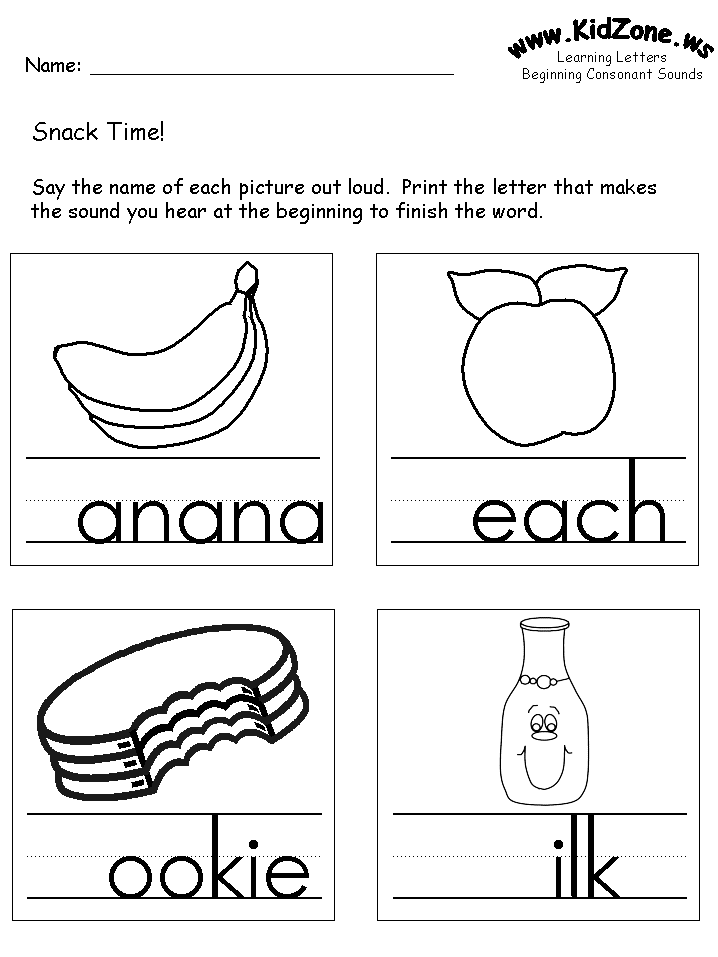
Classification of sounds in English
In English, sounds are divided into two groups: vowels and consonants. Let's take a look at them.
Another effective way to quickly memorize English sounds is to sign up for English lessons for children 8 years old online at Skysmart School.
Free English lessons with a native speaker
Practice 15 minutes a day. Learn English grammar and vocabulary. Make language a part of life.
Vowel sounds of the English language
From the school curriculum of the Russian language, we remember that the main characteristic of vowel sounds is their melodiousness. This is due to the fact that when pronouncing a vowel sound, the air passing through the vocal cords vibrates and the sound freely leaves the oral cavity without encountering any obstacles in its path. Here is the rule for pronunciation of vowels:
| Vowel | IPA | Word examples | Vowel | IPA | Word examples |
| /a/ | æ | c a t | /oo/ | - | l oo k, w ou ld, p u t |
| /e/ | e | p e g, br ea d | /ar/ | ɑ: | c ar t, f a st (regional) |
| /i/ | ɪ | p i g , g i ve | /ur/ | ɜ: | b ur n, f ir st, t er m, h ear d, w or k |
| /o/ | ɒ | l o g, w a nt | /au/ | ɔ: | t or n, d oor , w ar n, h au l, l aw , c a ll |
| /u/ | - | pl u g, l o ve | /er/ | ə | wood e n, circ u s, sist er |
| /ae/ | eɪ | p ai n, d ay , g a t e , st a tion | /ow/ | aʊ | d ow n, sh ou t |
| /ee/ | i: | sw ee t, h ea t, th ie f, th e s e | /oi/ | ɔɪ | c oi n, b oy |
| /ie/ | aɪ | tr ie d, l igh t, m y , shin e , m i nd | /air/ | eə | st air s, b ear , h are |
| /oe/ | or | r oa d, bl ow , b o ne, c o ld | /ear/ | ɪə | f ear , b eer , h ere |
| /ue/ | u: | m oo n, bl ue , gr ew , t u ne | /ure/ | ʊə | p ure , c u re |
Demo lesson in English
We will determine the level and set a goal, and then we will teach you to speak English fluently.